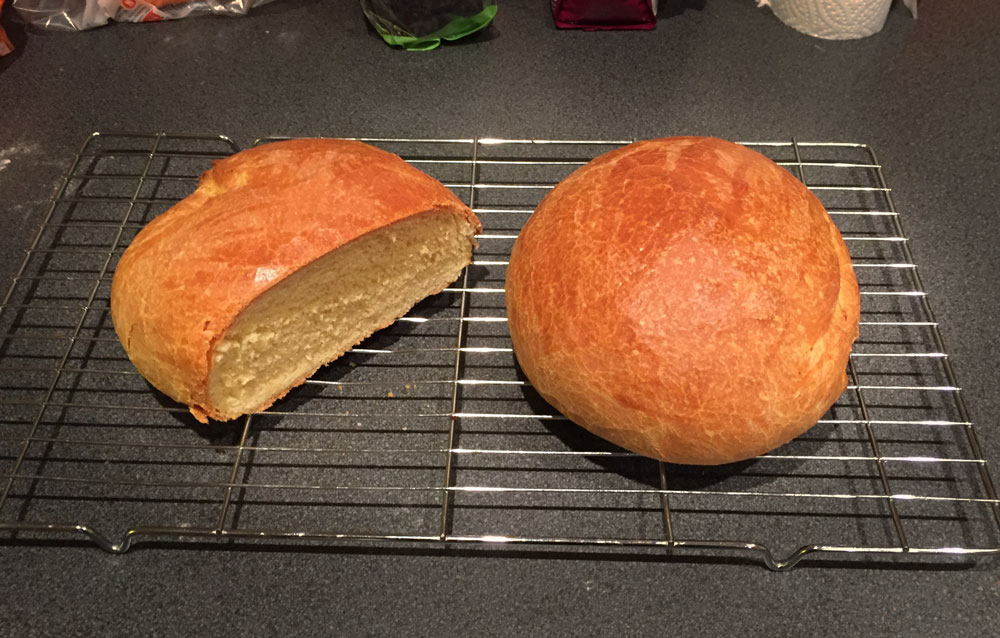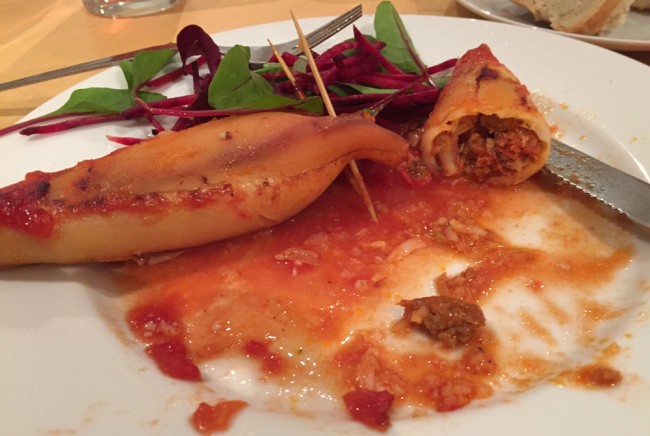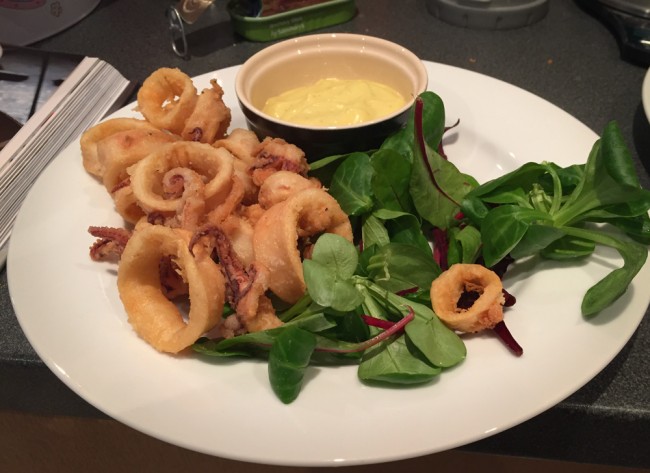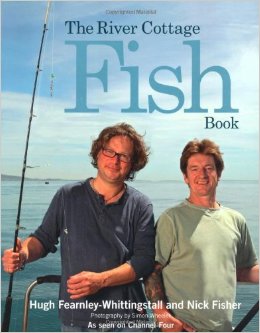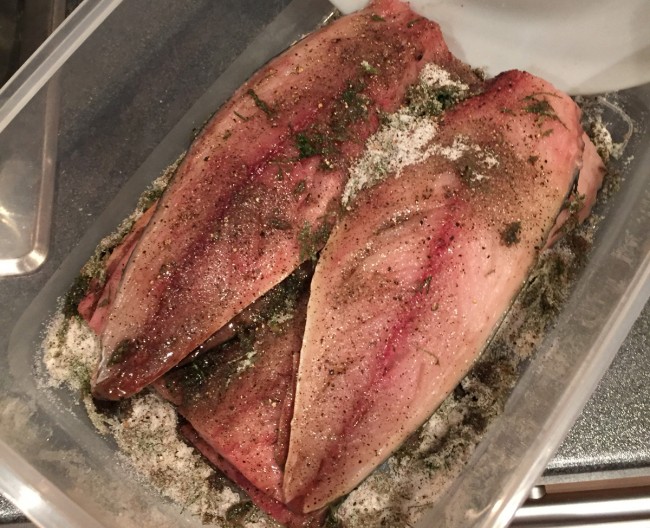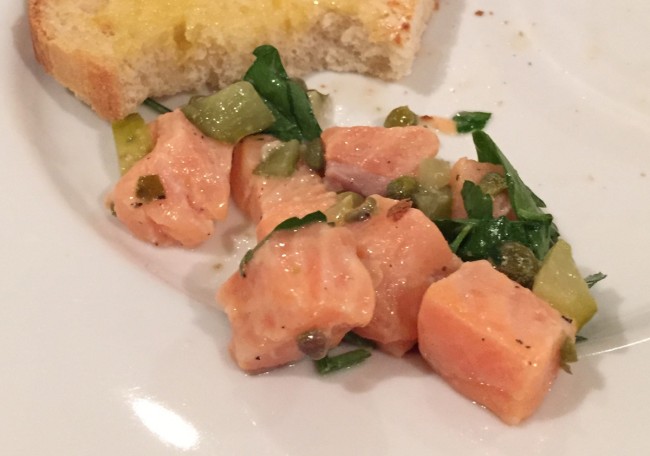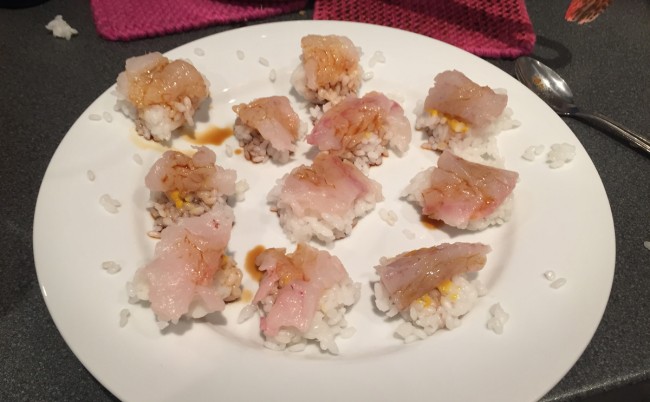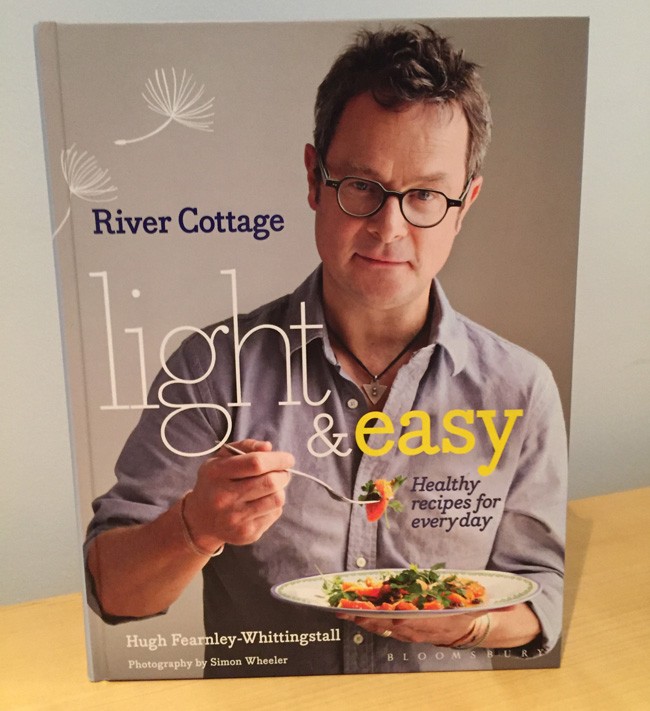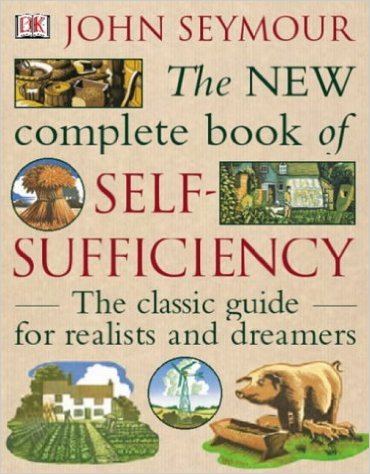Which cookbooks are the most useful?

We don’t often repeat recipes in the Worfolk household. There are so many amazing cuisines, cookbooks and ideas out there that we try something new almost every night. However, there are some recipes that are tasty enough, quick enough or reliable enough that they are reused on a semi-regular basis.
As you might imagine from knowing me, I keep them on a spreadsheet. I thought it would be interesting to analysis how many recipes from each cookbook made it onto the spreadsheet and therefore which cookbooks have stood the test of time.
I have linked through to the review, where one exists.
Recipe Count
Cookbooks
13
River Cottage: Veg Every Day
11
River Cottage Every Day
6
Mary Berry’s Absolute Favourites
4
Paul Hollywood’s Bread, Cakes & Slices, 30 Minute One Pot, Nordic Cookbook
3
River Cottage Bread*, The Fish Market, Curry Bible, Thug Kitchen
2
Baking: 100 Everyday Recipes, Soups, The Accidental Vegetarian, Paul Hollywood’s Pies & Puds, River Cottage: Light & Easy, Chocolate
1
River Cottage Fish Book, Kenwood, Moomin’s Cookbook, Linda’s Kitchen, Easy One Pot, Nordic Bakery
0
500 Ways To Cook Vegetarian, River Cottage Cookbook, Hugh’s Three Good Things
* indicates I am still working my way through this book.
This isn’t an exact science. I re-use some recipes more than others. If anything, Veg Every Day deserves to be higher because I use that a lot, whereas although I have marked Easy One Pot as having a recipe I would re-use, I certainly don’t go for it anywhere near as much.
It is also unfair on some of the books. A lot of the baking books for example are full of amazing recipes that I have yet to try, but one might day and find they are definitely keepers.
Based on these figures, it seems sensible for me to recommend River Cottage and Mary Berry cookbooks. River Cottage consistently does well. The original River Cottage Cookbook isn’t really a cookbook, it’s more of a book about self-sufficiency, so it is not surprisingly it did not do well. The River Cottage Fish Book did not score so well either, but it was fun read. At the other end of the table, both of my favourite River Cottage cookbooks are storming ahead.
Mary Berry is also on the recommendation list because I am working through my second cookbook of hers at the moment and that is also going to score well. Plus they’e excellent for easy meals and dinner parties as they almost always contain instructions for making in advance.
UPDATE: Since writing this, I have finished working my way through Mary Berry Cooks that added 8 new recipes onto my spreadsheet. That puts it in third place behind the two River Cottage books.

We don’t often repeat recipes in the Worfolk household. There are so many amazing cuisines, cookbooks and ideas out there that we try something new almost every night. However, there are some recipes that are tasty enough, quick enough or reliable enough that they are reused on a semi-regular basis.
As you might imagine from knowing me, I keep them on a spreadsheet. I thought it would be interesting to analysis how many recipes from each cookbook made it onto the spreadsheet and therefore which cookbooks have stood the test of time.
I have linked through to the review, where one exists.
| Recipe Count | Cookbooks |
|---|---|
| 13 | River Cottage: Veg Every Day |
| 11 | River Cottage Every Day |
| 6 | Mary Berry’s Absolute Favourites |
| 4 | Paul Hollywood’s Bread, Cakes & Slices, 30 Minute One Pot, Nordic Cookbook |
| 3 | River Cottage Bread*, The Fish Market, Curry Bible, Thug Kitchen |
| 2 | Baking: 100 Everyday Recipes, Soups, The Accidental Vegetarian, Paul Hollywood’s Pies & Puds, River Cottage: Light & Easy, Chocolate |
| 1 | River Cottage Fish Book, Kenwood, Moomin’s Cookbook, Linda’s Kitchen, Easy One Pot, Nordic Bakery |
| 0 | 500 Ways To Cook Vegetarian, River Cottage Cookbook, Hugh’s Three Good Things |
* indicates I am still working my way through this book.
This isn’t an exact science. I re-use some recipes more than others. If anything, Veg Every Day deserves to be higher because I use that a lot, whereas although I have marked Easy One Pot as having a recipe I would re-use, I certainly don’t go for it anywhere near as much.
It is also unfair on some of the books. A lot of the baking books for example are full of amazing recipes that I have yet to try, but one might day and find they are definitely keepers.
Based on these figures, it seems sensible for me to recommend River Cottage and Mary Berry cookbooks. River Cottage consistently does well. The original River Cottage Cookbook isn’t really a cookbook, it’s more of a book about self-sufficiency, so it is not surprisingly it did not do well. The River Cottage Fish Book did not score so well either, but it was fun read. At the other end of the table, both of my favourite River Cottage cookbooks are storming ahead.
Mary Berry is also on the recommendation list because I am working through my second cookbook of hers at the moment and that is also going to score well. Plus they’e excellent for easy meals and dinner parties as they almost always contain instructions for making in advance.
UPDATE: Since writing this, I have finished working my way through Mary Berry Cooks that added 8 new recipes onto my spreadsheet. That puts it in third place behind the two River Cottage books.
